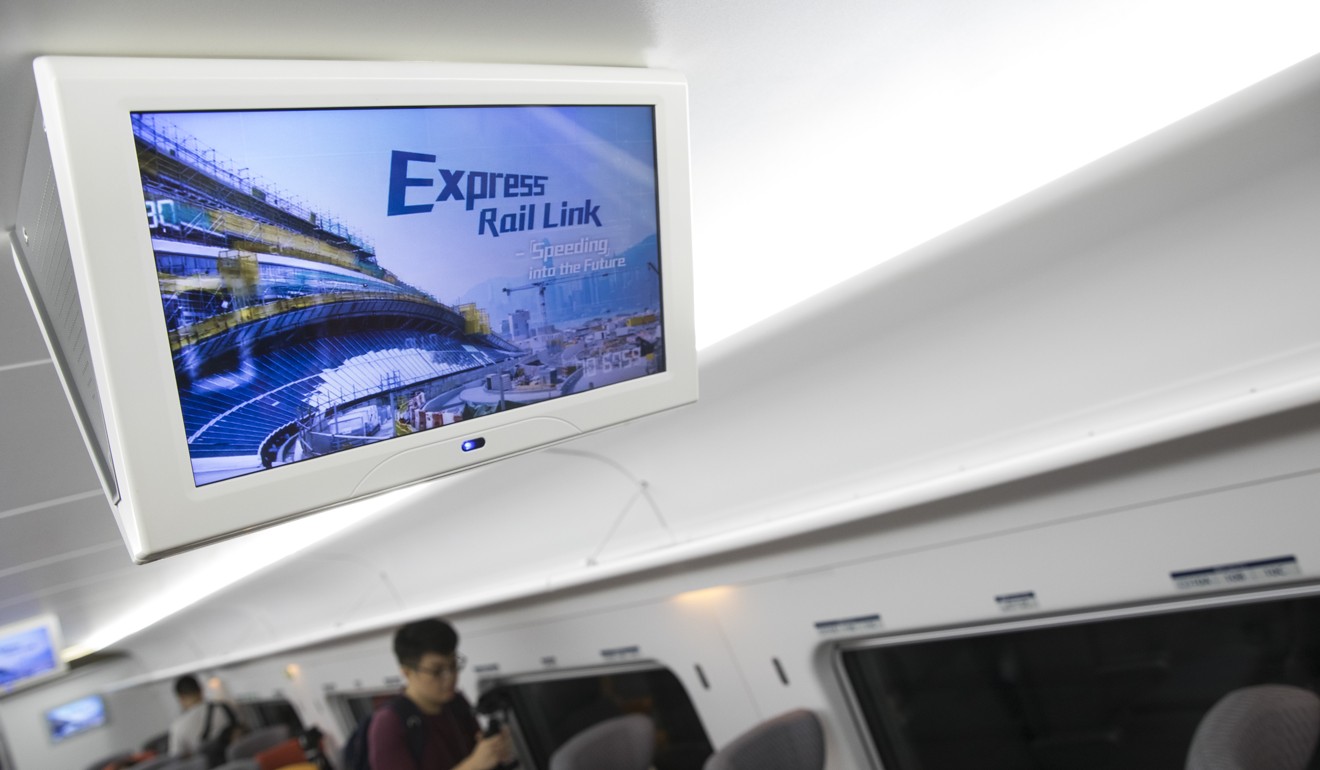
The delays, inflated costs and legal wrangles that have plagued the MTR Corporation’s Guangzhou-Shenzhen-Hong Kong Express Rail
From its announcement in the early 2000s to its debut on Sunday, there have been some bumps on the line
After being delayed for three years and overshooting its cost estimate by a third, Hong Kong’s cross-border high-speed rail link is finally set to serve its first passengers on September 23.
Critics said the 26km local section of the Guangzhou-Shenzhen-Hong Kong Express Rail risked being a white elephant; that its customs and immigration arrangements infringed the Basic Law, the city’s mini-constitution. But the government said it would be profitable from the first day of operations, and perfectly legal.
Hailed as one of 10 vital infrastructure projects for Hong Kong in the early 2000s by then chief executive Donald Tsang Yam-kuen, the section was meant to be finished by 2015. It is built, maintained and run by the semi-privatised MTR Corporation.
But there have been some bumps on the line.


